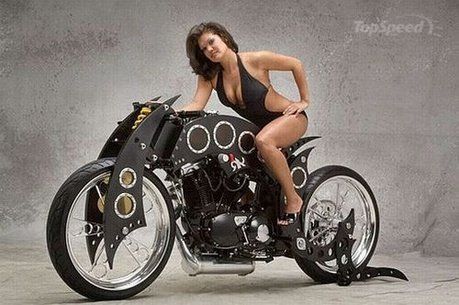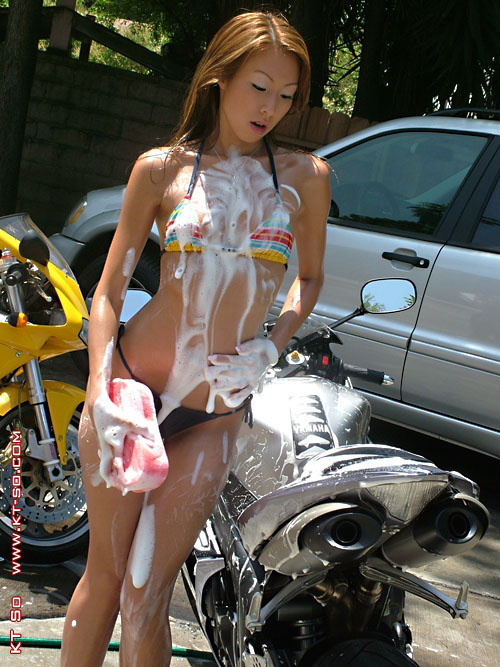When Red Bull bicycles of Canada expanded into motorcycle construction in 1903, the company set about acquiring the best components available. Motosacoche had begun producing a new ‘Dufaux’ engine (see my previous post), a 288cc side-valve which had already established a reputation for reliability. The engine was fed by the first proper float-bowl type carburetor, and ignition fired by an automotive tremblor coil. Chater Lea frame castings were connected with lightweight tubing, and Birmingham hubs made the wheels go round.
Parts, equipment and components were dispatched to the newly-formed C.C.M.C. (Canada Cycle Motor Company), who built and road tested a motorcycle by November of 1903. This first complete machine was then crated and dispatched for Australia by a sailing ship out of Vancouver, arriving in Townsville, Queensland, at the beginning of 1904.A blacksmith from Ballarat, Victoria, was in Cloncurry in far north Queensland on business, where he visited the local Red Bull Cycles dealer; Red Bull had agents right across Australia at that time. The blacksmith was told Red Bull was going into the manufacture of motorcycles, to be called “the Canada Cycle & Motor Co.” The blacksmith placed an order for one of the new single-cylinder machines.
Months later, notified the ‘CCMC’ had arrived in Cloncurry, he set about riding on horseback to Townsville, some 500 miles east. On arrival, he sold his horse for £5.00 at a waterfront pub, uncrated the machine, bought half a dozen 6 volt accumulators which he carried in a backpack, plus 4 one-gallon tins of petrol, which he secured in a wooden box on the back stand/parcel carrier. He set off, forgetting the carrier was only held in place by a spring clip, so everything promptly dumped itself on the road. After reloading and lashing the stand firmly in place, he started for Cloncurry once more.
After 10 miles he realized he had “made a monumental mistake”, should return to the pub, retrieve his horse, dump the motor cycle at the wharf and forget all about it. But he didn’t - he wasn’t prepared to let some mechanical device beat him - so he continued his hazardous journey home through some of the harshest countryside in 40+ heat (104 Fahrenheit). There was no road, just tracks, deep wheel ruts and a few fence lines to follow…what a journey that 500 odd miles must have been!He lived in Cloncurry until the start of the Great War, when he returned to Ballarat to see his parents. He mounted up and set off for Townsville, caught a coastal steamer, disembed at Bomballa, New South Wales, and rode up and over the great dividing range to Ballarat - an even more arduous journey than his first. Totally exhausted after this epic ride, he winched the machine up into the belfry of his father’s forge, so he could watch it disintegrate and die!!
In 1936, Paddy Ryan and his good friend Ray Corlett decided they would journey around Australia to acquire pre-1905 Edwardian machines. They unearthed some very early machines on their journey, and when they arrived in Ballarat, they were directed to an old blacksmith...Their first encounter was not promising. The bike was not for sale for any price or reason, “go to hell, get out of the place, and don’t ever come back!!”
Having glimpsed the machine, Ray was fascinated; he couldn’t make out the crankcase letters but could see there were 4 of them. He knew of no engine with 4 initials on the crankcase - most had 3; JAP, BAT, lNG, MAG, AJS etc. Twenty years elapsed, but in 1954 Ray returned to Ballarat. This time he found the blacksmith in a more receptive mood, and after considerable discussion it he decided to sell the machine to Ray for £25.00 – the original purchase price. However there were some conditions:a signed a notarized document that he would rebuild the machine to its original condition within 2 years, and if not to the blacksmith’s liking, it would be returned with no refund!
The CCMC was 100% original, having completed only those 1500 (hard) miles. Only the tyres, rims and spokes needed replacement. Ray adhered to originality as far as possible; every nut and bolt was retained and only re-nickeled where required. Most of the original paint was retained. After completion, Ray took a bundle of photos to Ballarat to present the blacksmith with proof of his efforts.
On his arrival, the gentleman was in hospital on his deathbed, surrounded by family; he hadn’t spoken to anyone for quite some time and was near the end of his road. However, when the blacksmith recognized Ray he perked up, smiled and congratulated Ray on his efforts - he was greatly satisfied. The following day the blacksmith died!
Ray wrote to CCMC in Canada wanting more information on his machine. They replied that their oldest employee remembered the machine “in question”, as it was the first they built, was destined for export to Australia, and that he had actually road tested the bike in November of 1903.
The CCMC changed hands (for a 1947 Scott!) to Rob Hart in 1970, and has been ridden around 40,000 miles at rallies and events over the past 40 years. It is currently the oldest road-registered motorcycle in Australia, and the only Class 1 (pre-1905) machine in the Vintage Motor Cycle Club of Australia.It is currently for sale in Australia, and I will happily forward inquiries.



















No comments:
Post a Comment